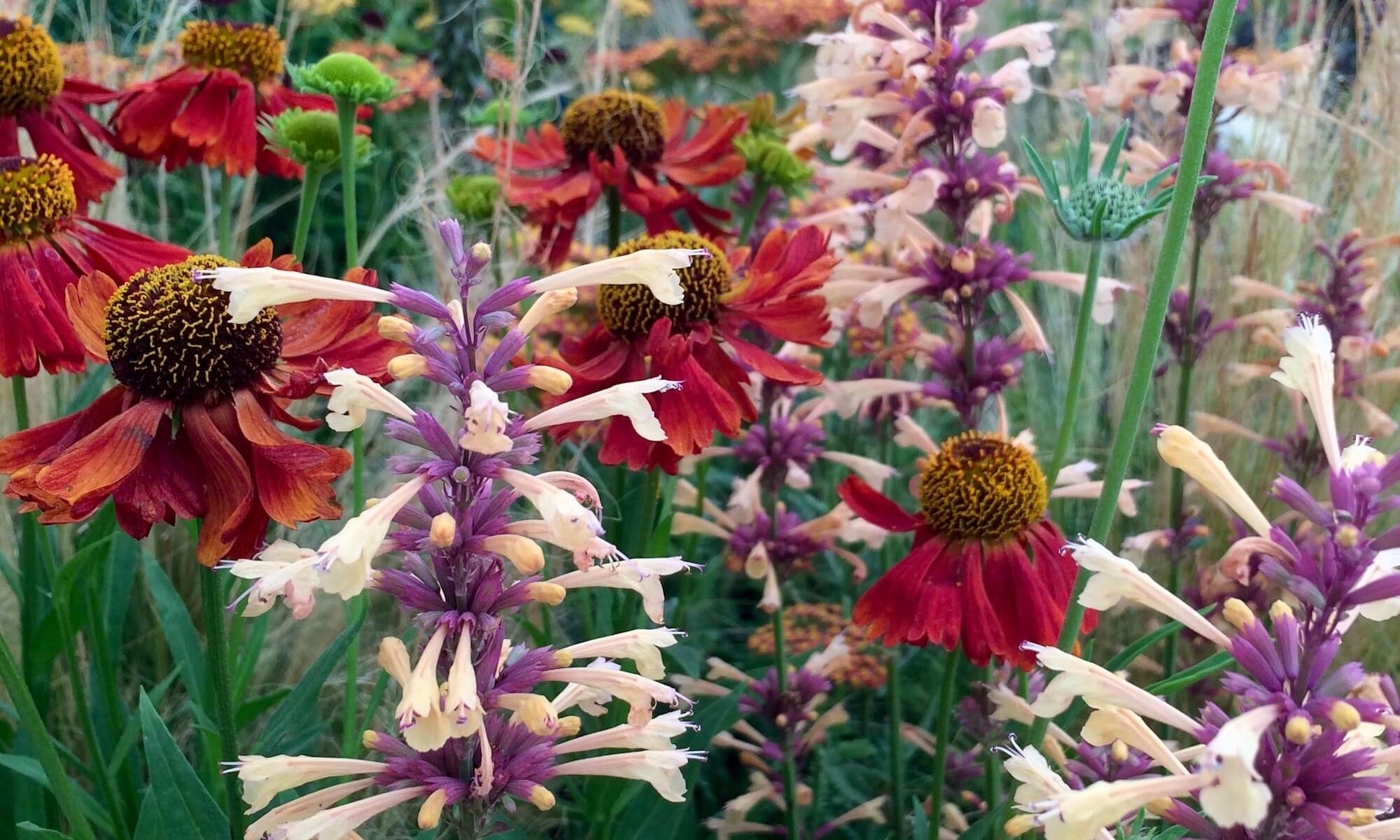
The Isle of Man seems to live in more than one dimension of time: history and mythology naturally co-exist with everyday life. This is an island, you may remember, protected from its enemies by a magical mist where bus announcements reference the local fairies.
Cregneash living croft is one of many sites that raise awareness of their proudly independent national heritage. It’s home for some of the island’s special breeds of animals, such as tailless Manx cats.
At first glance, visitors might overlook the small, hardy, naturally short-tailed Manx Loaghtan sheep farmed there.

Until they raise their heads, that is, and those heavy horns are on display. While four horns are the norm, some Loaghtans have two or six. Loaghtan is an adaption of the Manx lugh dhoan (mouse brown) in celebration of their soft, hard-wearing, brown wool. The upper layers lighten in the sun, but near their bodies it is darker, like their legs and faces.

I recently read Tamed: Ten Species That Changed Our World by Alice Roberts. She points out that in our dealings with plants and animals, as in so many aspects of life, our goal is efficiency. We chase the fastest way to more.
We’ve narrowly focused on a few varieties of fruit, animals and birds, selecting the most amenable to satisfying our needs, then have multiplied them to millions or billions. It’s a dangerous way to go.

We’re belatedly starting to realise that diversity is not just a feel-good catchphrase. Some farmers cottoned on early and have been determined to keep our rare breeds of pigs, sheep, cattle, poultry and horses going, despite the pressure mass farming brings.
While the small, long-legged Loaghtans lived on the Isle of Man’s misty uplands for a thousand years, at one point in the 1950s only 43 survived. Since then, enthusiasts have increased their numbers until they are merely ‘at risk’, with around 1,500 breeding females.
You can find out more about the work of the Rare Breeds Survival Trust here. Even if you have no interest in conservation, there are some animals that will raise a smile, such as sheep with ears like rabbits or coats like Dougal from The Magic Roundabout or with names like Whitefaced Woodland, Castlemilk Moorit and Lonk.

But the trust is unable to report all good news. Some of our most magnificent and iconic horses are in danger. A post explains that ‘just 240 Shire, 199 Clydesdale and 25 Suffolk pedigree foals were registered last year’, which seems to have been 2017.
I try to educate myself about the way we are heading, but that shocked me. I thought back to the few times I’ve been in the gentle presence of a shire horse, marvelling at its high, nodding head and the feathering on its feet – fleeting moments that thrill and calm at the same time.
Four years on, are we headed in the right direction, I wonder?
Shared for PastSquares




